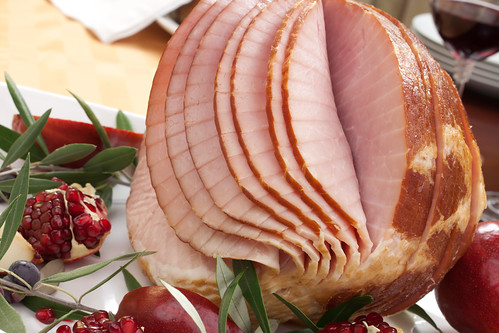
The traditional centerpiece of many holiday meals served this time of year is the roast. Whether you use pork, beef, goose, turkey, or chicken, the most popular means to cook your meat of choice is in the oven.
The roasting recipe that was handed down to you from your great grandmother may need a little updating though. Whether it asks you to marinate at room temperature overnight, or cook until ‘the juices run clear,’ some instructions in heirloom recipes might be outdated. To help you make the dish your great grandmother intended, we pulled together a list of holiday roasting tips.
Beef, Veal, Pork and Lamb: To avoid overcooking beef, veal, pork and lamb roasts use a meat thermometer. These roasts should be removed from the oven when they reach an internal temperature of 145 °F. For safety and quality, allow meat to rest for at least three minutes before carving or consuming. If you’re concerned about serving a dry roast, use a continuous read thermometer or start checking the temperature of your meat earlier then the recipe’s cooking directions.
Turkey, Duck, and Goose: Domestic ducklings and geese have a great deal of fat. While it helps them float when swimming, fat is undesirable in a cooked duck. Therefore, it’s recommended to prick or score the skin of a whole duck before cooking so that most of the fat will render out. These birds should be cooked to an internal temperature of 165 °F as measured by a food thermometer. Temperatures should be taken in three areas of the bird: the thickest part of the breast, the innermost part of the wing, and the innermost part of the thigh. For more information on safe poultry handling and cooking, read our Thanksgiving material.
For approximate cooking times to use in meal planning, visit FoodSafety.gov. For reasons of personal preference, consumers may choose to cook meat to higher temperatures but at the recommended temperatures the food is safe to eat. Following the guidelines at FoodSafety.gov will ensure that your roast brings you back to holidays past.
